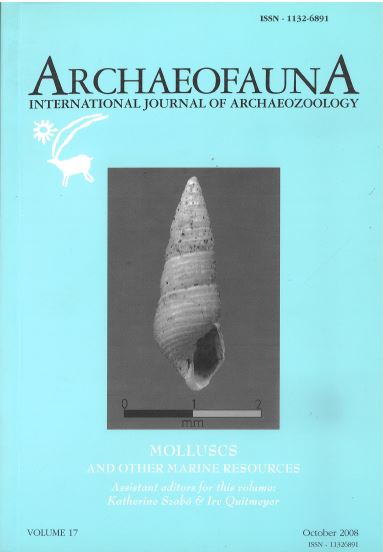A Research Agenda for the Archaeomalacological Study of Prehistoric Human Ecology in the Coastal Zone of NW Sicily
Keywords:
Prehistoric Sicily, Human coastal palaeoecology, Archaeomalacology,, Shellfish exploitation, Oxygen isotopes, Seasonality, Shell artefacts, Symbolism of shellsAbstract
NW Sicily has a high density of coastal sites with occupation spanning the Upper Palaeolithic, Mesolithic and Neolithic periods. The region, the sites and the shellfish remains within them constitute an important resource for investigating important issues, including the potential for coastal environments to support sustained hunter-forager exploitation and settlement, and the role of coastal resources in changing economies. Our research involves a combination of archaeological, palaeoecological, neoecological and geochemical approaches (stable isotope, XRD and SEM) to the analysis and interpretation of prehistoric shellfish assemblages. Three of our research themes are developed in this paper: coastal ecology and prehistoric shellfish exploitation, oxygen isotopes in modern and archaeological shells, and shell artefacts and the symbolic significance of shells. We stress the importance of modern ecological and biological analogue studies for the interpretation of archaeomalacological data.

